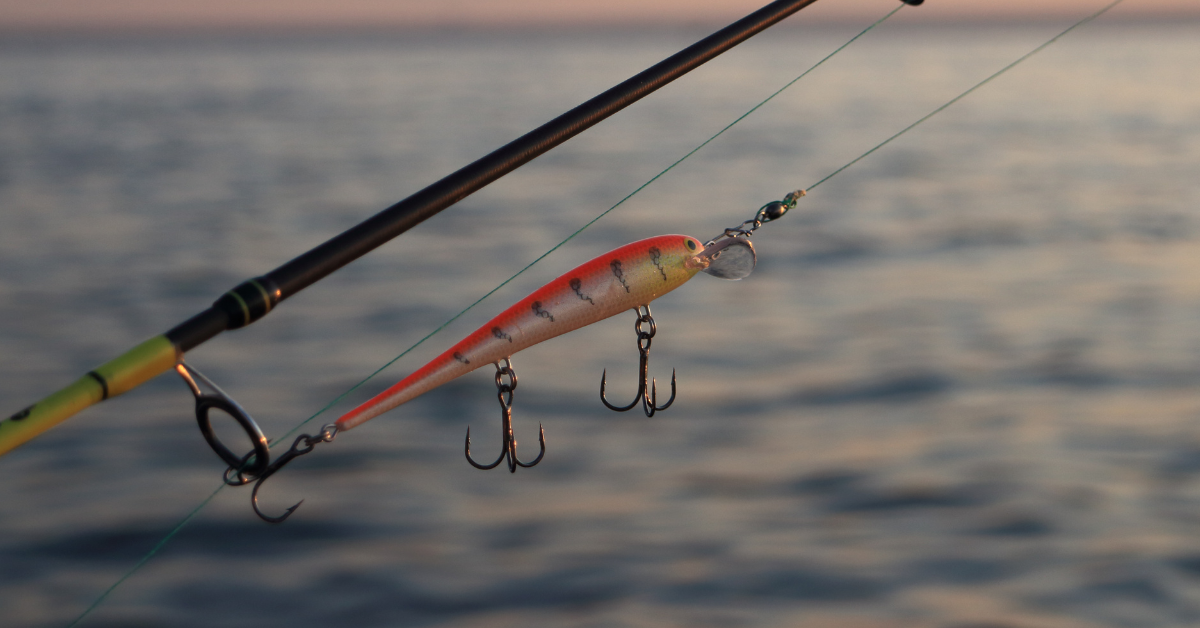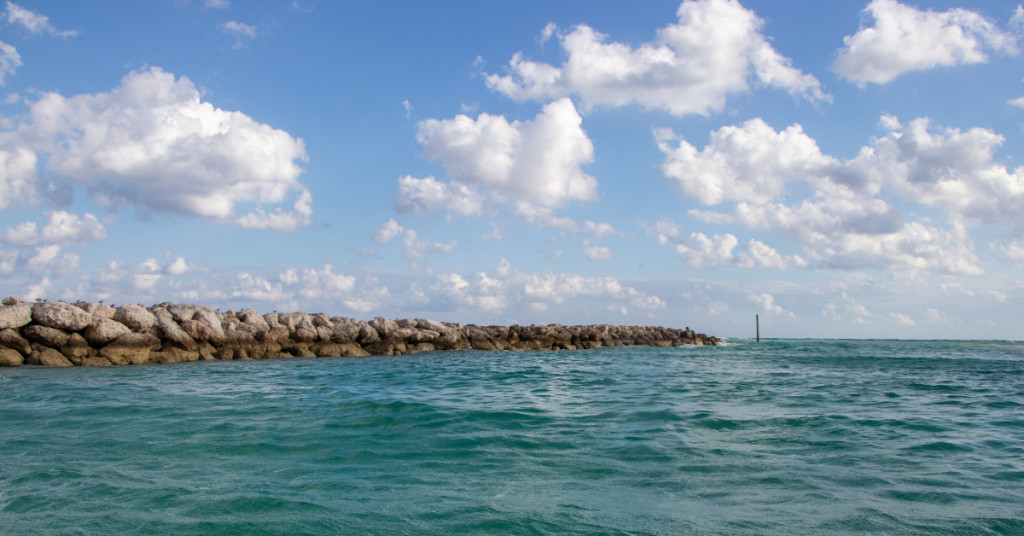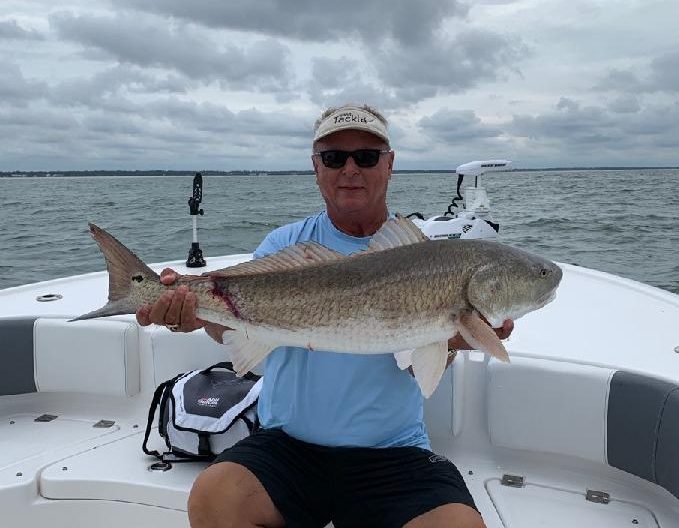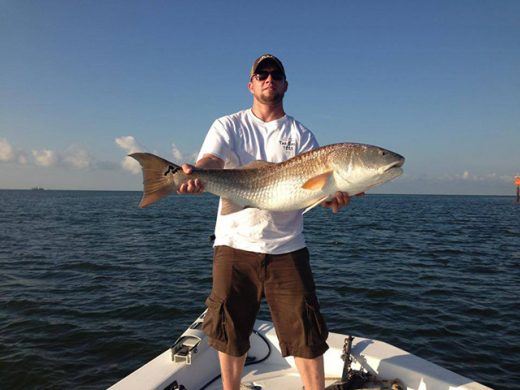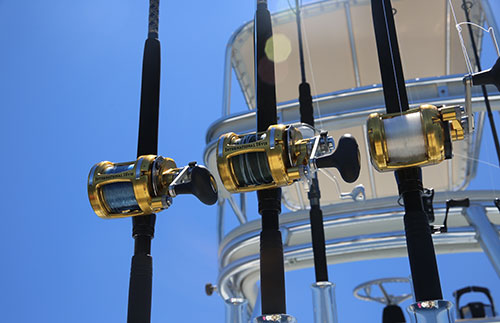Jetty Fishing For Monster Fall Redfish
What You Need.
Let’s start with the rod. I found that the best rod to use is a medium-heavy action, 7 1/2-foot rod with a larger size reel due to both the rocks and the larger fish that I know I’ll catch. The stiffness of the rod allows me to make sure that the fish has taken the bait and hooked before I set the hook. With a light rod, many times I would try to set the hook prematurely. I like to use a 50# test mono line, about 10-12 inches long for my leader with a 30# braid line on a 2500 reel. I use the heavier leader in the event I have to horse the fish out of the rocks.
When it comes to lures, your choice is endless. I keep a wide array of colors, shapes, and sizes, I keep changing them up until I start getting consistent Redfish hits.
